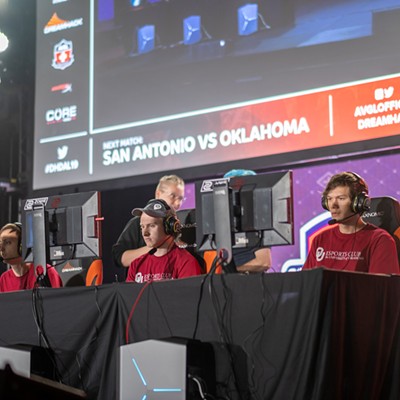It seemed too good to be true for some skeptics, who cautioned Smith, then a student at Western Heights High School, that there was no way this thing could actually fulfill its promise.
“But here it is, 20 years later, still going strong,” she said.
Among the first group of students to receive the scholarship, Smith graduated from Oklahoma State University in 2000 with a degree in secondary education. Now she teaches freshman English in El Reno, where she encourages families to learn about that very same program.
“The fact that our state does this and has made it a priority speaks volumes,” said Smith. “They want our youth to go on to the next level.”
A promise to students
Now celebrating its 20th year, the program now called Oklahoma’s Promise has backed the belief that all students, regardless of financial status, deserve the opportunity to pursue a college education.
When established in 1992, it allowed children of families earning $24,000 a year or less to sign up for the scholarship. Since then, the annual income requirement has increased to $50,000. Applying students must be in the eighth through 10th grades (home-schooled children must be between the ages of 13 and 15), maintain a cumulative GPA of 2.5 or better in 17 required courses, and stay out of trouble.
A new requirement, the Satisfactory Academic Progress, begins next fall. It necessitates recipients maintain a minimum GPA of 2.0 through their sophomore year of college and at least a 2.5 their junior year and thereafter.
The program ensures a long-term impact because students must commit to academic excellence, said Bryce Fair, associate vice chancellor for scholarships and grants at the Oklahoma State Regents for Higher Education.
“If the students are prepared to study and commit to their education, then Oklahoma will commit to them,” he said.
The first round of applicants graduated high school in 1996. While 1,610 students enrolled in the program in 1992, only 637 students qualified at graduation. Of the qualifiers, 469 actually received the scholarship. Sometimes students are awarded but do not receive the aid because of such issues as delayed entry into college, having other financial aid to pay fully for their education, or enrollment in out-of-state colleges.
Opening doors
Fair said there has been dramatic growth since the program’s creation, with an increasing number of recipients nearly every year. A record number of awardees came from the 2010-11 graduating class with 20,064 recipients.
In 2003 the overall higher education system was reduced by more than $80 million because of state revenue shortfalls. OK’s Promise was left with $4.7 million of funding when it needed $11 million to cover the students’ scholarships.
Despite difficulty, the Legislature and the Oklahoma State Regents for Higher Education ensured the program received enough funding. As a result, lawmakers eventually passed a law in 2007 to establish permanent funding for the program.
“Knowing that they provided the funding proved that the state allowed a firm promise and backed it up,” said Fair.
After graduating from Edmond Santa Fe High School in 2007, D’Andre Fisher used the scholarship to attend the University of Oklahoma. He received his bachelor’s degree in human relations in 2011 and is now pursuing a dual master’s degree in human relations and adult and higher education with an emphasis in student affairs.
“I’m pursuing this degree because of my love for higher education and to give back to the college community,” said Fisher. “I’m very grateful for the program. It was door-opening for me and my family, and it can be door-opening for other students wondering how they’ll get to college.”
Aside from a similar program in Indiana, Oklahoma is the only state to provide such a scholarship. To learn more about Oklahoma’s Promise, visit okhighered.org.











